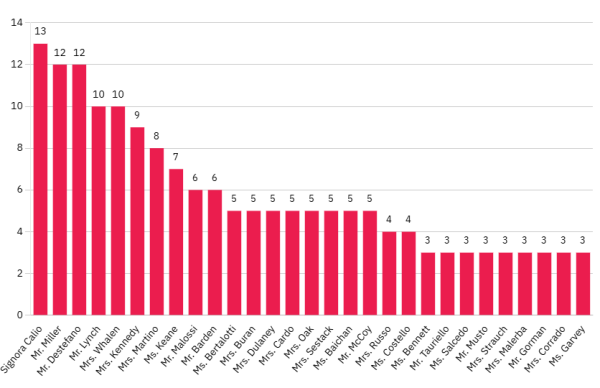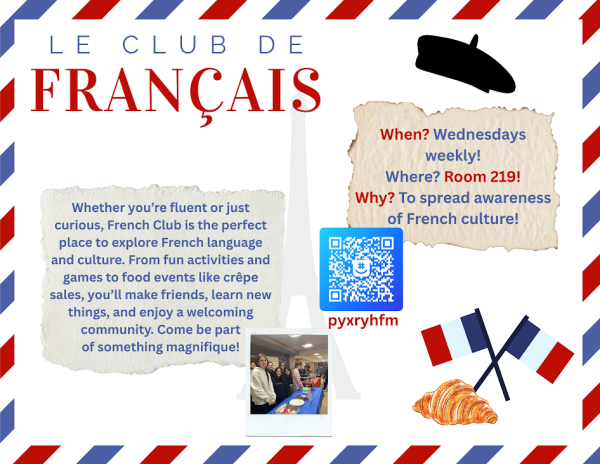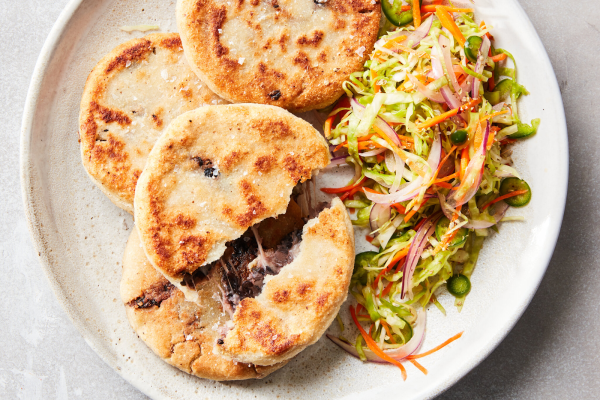Countries with Chris: Malta

Malta is one of the smallest nations in the world, with a square mileage of only 122 miles. It is situated in the southern Mediterranean Sea between Italy, Tunisia, and Libya. The capital is Valletta, with the current Prime Minister being Joseph Muscat. The main religion is Roman Catholic, and the official languages are Maltese and English. They use the Euro as their currency, use the type G plug outlet, and drive on the left side of the rode. There is only one airport, Malta International Airport (IATA Code:MLA), and Malta is one of the safest places in the world to visit. They have a population of 435,000, with a GDP per capita of 25,058 USD.
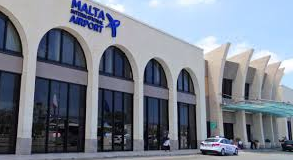
History
Malta was first inhabited as early as 5200 BCE, by a Neolithic culture that left many temples and artifacts. After, the Phoenicians colonized Malta between 800-700 BCE, and the Maltese language is loosely based off of the Phoenician language. They were then conquered by the Carthaginians, later conquered by the Romans, under which they became a municipium, almost like a state. They were then ruled by the Byzantines from the 4th to 9th century, promptly sacked by the Vandals, and then recolonized by the Arabs until being conquered by the Normans in 1091. Chaotic 300 years. They were then re-Christianized by the Kingdom of Sicily in 1249 and were under their rule until 1530 when Charles I of Spain gave the islands of Malta to the Order of Knights of the Hospital of St John of Jerusalem in perpetual lease (click the link to learn more about the Knights Hospitaller). The “perpetual lease” was ended when Napoleon took over in 1798 although the Brits helped the Maltese oust the French in 1800. The Treaty of Paris made Malta a British colony, which they remained until September 21st 1964, which is their Independence Day. The last British troops withdrew March 31st 1979, known as Freedom Day. Malta became a Republic within the British Commonwealth on December 13th, 1974, known as Republic Day, with a President as Head of State. They joined the EU on May 1st, 2004, and the Eurozone on January 1st, 2008.
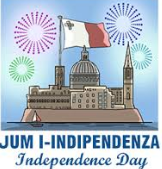
Demographics
Malta is the densely populated country in the EU with a population density of about 3,000 people per square mile. The average age in Malta is 40.5 years, making it one of the “oldest” countries in the world. There are many foreign nationals in Malta, most of them from the EU, but also a fair few from North African and Middle Eastern countries. Approximately 90% of the population is native Maltese, and the other 10% is mainly made up of foreign nationals, mainly from Britain, Italy, Libya, and Tunisia. The average life expectancy is 79.98 years.
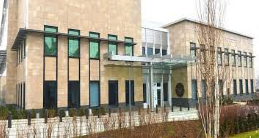
Foreign Relations
As a member of the EU, Malta obviously has great relations with all of the member nations, but their best friends in the EU are Great Britain, as a member of the Commonwealth/ former colony, and Italy because they are so close in culture, language, and not very far distance wise either. In Africa, they have good relations with Libya, as Libya established a relationship as soon as Malta gained independence. They also have great relations with Australia, of which Australian Prime Minister Kevin Rudd declared that “Australia would not be as complete without Malta.” The United States also has great relations with Malta, being sympathetic to their cause of attracting private business. Since the US established relations right after Malta’s independence,many US based companies are there, including major hotels and manufacturing facilities.
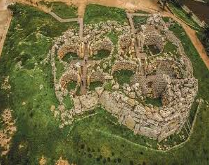
Culture
Malta’s culture is a melting pot, with influence from the Phoenicians to the Italians to the British. Maltese music is largely Western today, but traditional Maltese music is known as ghana. This consists of background folk guitar music while a group of men argue in a sing-song voice. Malta’s literature is mainly romantic, with their national poet, Dun Karm Psaila, mainly writing romantic poetry. Numerous temples can be found on the islands, such as the Ggantija, one of the oldest manmade freestanding structures in the world, built between 3800 BCE- 2500 BCE. The early settlers also built many temples and statues, such as the Venus of Malta, the Hypogeum and the Tarxien Temples. Maltese cuisine is a mixture of Italian, Sicilian and English with a little bit of their own flair. Dishes such as pastizzi, a traditional snack, or ftira, a type of bread, are popular throughout the country. As with almost every country in the world, soccer (or football if your country hasn’t made it to the moon) is the most popular sport, mainly played at the national stadium, Ta’Qali Stadium.

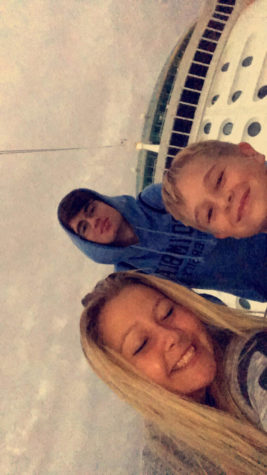
Chris is a senior here at BHS, and this is his second year writing for the Eagles Cry. He loves to run, and runs winter and spring track. He...

